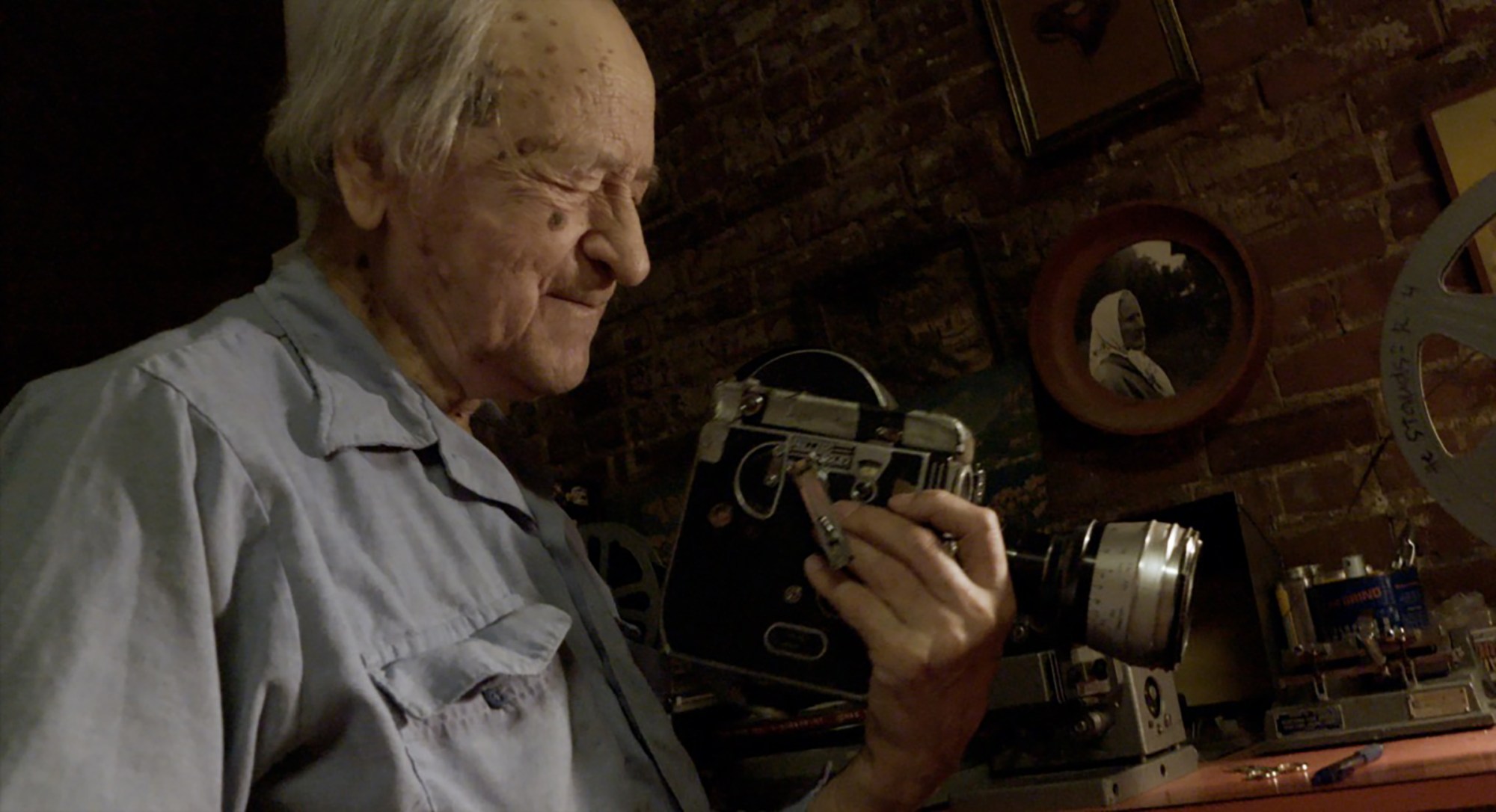
- Film
Docs: “Film: The Living Record of Our Memory” Highlights the Critical Importance of Cinematic Preservation
How much less might we know about the world without being able to watch films from different eras and different countries that we would or could never travel to? And to what extent should that reality inform a sense of global responsibility that extends beyond national borders when it comes to film preservation?
Those questions inform director Inés Toharia’s absorbing documentary Film: The Living Record of Our Memory, now playing in theatrical engagements via Kino Lorber, and give her movie an emotional power that shouldn’t come as a surprise for any true cineaste.
In part a celebration of the monastic profession of film archivists, laboring to preserve cinema for humankind’s future, the documentary is also a fascinating historical and sociocultural document on its own, spanning both time and the globe.
A Spanish-Canadian co-production, The Living Record of Our Memory fittingly unfolds in at least a half-dozen languages — mostly English, but also subtitled French, Spanish, Arabic, Japanese, and more — and features a hearty, engaging roster of cinematic luminaries that includes Costa-Gavras, Ridley Scott, Ken Loach, Bill Morrison, Wim Wenders, the late Jonas Mekas, and others.
While the audience for a project like this is somewhat self-selecting, it’s much to the movie’s credit that it comes out of the gate energetically, affirming the cultural preeminence of cinema and the inter-generational value in preserving it. “It’s a rearview mirror that helps us see what’s happened,” says Costa-Gavras.
Early on, the documentary sketches out the history of the International Federation of Film Archives, founded in Paris in 1938 by the Cinémathèque Française, New York City’s Museum of Modern Art, London’s National Film Library, and Berlin’s Reichsfilmarchiv.
The film throws a warm, welcoming spotlight on the first generation of archivists, who were surrounded by the yawning indifference of their cultural environment at the time. This group includes Iris Barry, Jacques Ledoux, Ernest Lindgren, and Henri Langlois, with a special focus on the latter (widely touted as the first to recognize the genius of French multi-hyphenate Georges Méliès) and his righthand woman, Lotte Eisner.
Martin Scorsese’s 1990 founding of, and work with, the Film Foundation rightly receives a lot of coverage. But The Living Record of Our Memory also delves into the debate over preservation versus restoration (the former being more of a first-world luxury), touching on funding gaps and special problems with humidity, to cite but two examples.
Photochemical replenishment techniques are examined alongside digital scanning. If it sounds wonky, it’s anything but. The finished projects are also shown to be an undeniable and immediate inspiration to other artists. Milestone Films’ Amy Heller notes how the restored print of Mikhail Kalatozov’s I Am Cuba influenced Paul Thomas Anderson’s camerawork in Boogie Nights.
Narrative cul-de-sacs on the corporate film history of Detroit and the anthropological and historical value of regular people’s home movies receive nice treatment. It’s enjoyable to get a look at the restoration work done on George Romero’s Night of the Living Dead prior to his death in 2017.
One of the most amusing and engaging bits may be footage from what’s dubbed the “Mostly Lost Festival,” sponsored by the United States Library of Congress. At this event, specialists come in and view unknown films together in a theater, yelling out at the screen any little tidbit that they might be able to confirm, like the production year of a certain type of very specific prop.
Among a vast swath of preservationists, notable interviewees include archivist and Celluloid Man director Shivendra Singh Dungarpur; Carleton University professor and African Film Heritage Project leader Aboubakar Sanogo; Jan-Christopher Horak, the former director of the UCLA Film & Television Archive; and Ahmad Kiarostami, the son of famed filmmaker Abbas Kiarostami.
If there’s a knock on the documentary it’s that, even at two hours, there are so many incredible stories that Toharia cycles through, it creates a bit of a sensation of narrative whiplash. Moments that could fill a whole movie are: a heartbreaking 1937 Fox Film Corporation plant fire that destroyed almost their entire vault of silent films; an amusing mix-up in which the 1927 Lon Chaney and Joan Crawford film The Unknown is found in deep storage with other unknown films, owing to its title; and the story of a print passed down through a family for generations, after having been originally shipped from Italy to save it from censorship, turning out to be the presumed-lost 1926 film Napoli Che Canta, from Roberto Roberti, the father of Sergio Leone.
In its home stretch, The Living Record of Our Memory details the use of some of the latest technologies on our oldest film-related materials. This includes the scanning of D.W. Griffith’s archives from paper photos, stored for copyright purposes.
Toharia’s film also makes clear that while YouTube is amazing, several interviewees agree, digitalization is not synonymous with material being archived safely, as so many tend to think. Formats not only become obsolete but degrade over time. For the shared cultural knowledge of humanity, we owe it to future generations to preserve everything we can.

